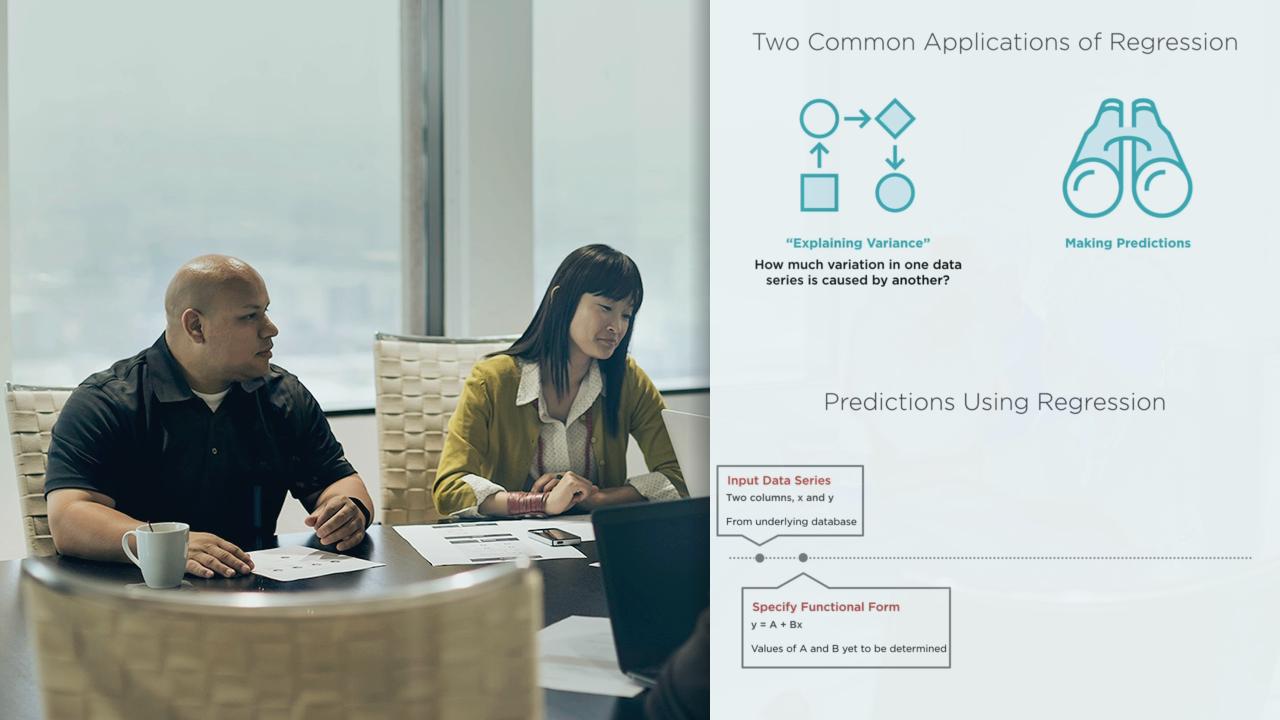Description
In this course, you will :
- Discover the fundamentals of machine learning and quantum computing.
- Discover how to build parameterized quantum circuits and variational hybrid quantum-classical algorithms for classification tasks.
- Explore quantum superposition, entanglement, and interference, and how you can use these concepts to solve problems that classical computers have found intractable.
- Learn how to solve new problems and broaden your knowledge.
- Of course, you'll have to do some math. You will, of course, cover some physics.
Syllabus :
1. Binary Classification
- Getting and Looking at the Dataset
- Data Preprocessing: Missing Values
- Data Preprocessing: Identifiers
- Data Preprocessing: Handling Text and Categorical Attributes
- Data Preprocessing: 4- Feature Scaling
- Data Preprocessing: Training and Testing
- Baseline
- Classifier Evaluation
- Classifier Measures
- Unmask the Hypocrite Classifier
- Visualization of Hypocrite Classifiers
- Performance Evaluation of Hypocrite Classifier
2. Qubit and Quantum States
- The Qubit
- Exploring the Quantum States
- A Visual Exploration of the Qubit State
- Bypassing the Normalization
- Exploring the Observer Effect
- Parameterized Quantum Circuit
- Variational Hybrid Quantum Classical Algorithm
- Implementing of Variational Hybrid Quantum Classical Algorithm
- The Weighting Pre‐processing
3. Probabilistic Binary Classifier
- Towards Naïve Bayes
- Bayes' Theorem
- Gaussian Naïve Bayes
4. Working with Qubits
- You Don't Need to Be a Mathematician
- A Reimplementation of OR
- The Measured Qubit
- Quantumic Math
- When to Differentiate State |0> From State |1>
- Gamble with Quantum Computing
- Probabilities and the Qubit States
- Rotating the Qubit State
5. Working with Multiple Qubits
- Hands-On Introduction to Quantum Entanglement
- Implementing the CNOT gate
- The Equation Einstein Could Not Believe
- The Two Qubit States and Their Transformation
- Calculating the Transformation Matrix
- Entanglement
- Quantum Programming for Non-mathematicians
- Representing a Marginal Probability
- Calculating Joint Probability
- The Controlled RY Gate
- Calculating Conditional Probability
- Applying the Prior
- Calculating the Posterior
6. Quantum Naïve Bayes
- More on Naïve Bayes
- Pre-Processing
- PQC
- Calculating the Posterior Probability
- Post-processing
7. Quantum Computing Is Different
- The No-Cloning Theorem
- How to Solve a Problem with Quantum Computing
- Depicting the Transformation O-gate
- Deutsch's Algorithm
- The Quantum Oracle, Demystified
- Magician-created Code
8. Quantum Bayesian Networks
- Introduction to Quantum Bayesian Networks
- Bayesian Networks
- Composing Quantum Computing Controls
- The CCNOT-gate
- Circuit Implementation
- Executing the Circuit
9. Bayesian Inference
- Introduction to Bayesian Inference
- Estimating a Single Data Point
- Calculating the log‐likelihood when ignoring the missing data
- Estimating a Variable
- Calculating the Probabilities Related to the Ticket Class
- Calculating the Parameters
- Calculating the Marginal Probability and Log-likelihood
- Calculating New Parameters
- Predict Survival
10. The World Is Not a Disk
- The Qubit Phase
- Two Different Qubit States
- The Different States in the Bloch Sphere
- Visualizing the Invisible Qubit Phase
- The Z-gate
- Multi-qubit Phase
- The Controlled Z-gate
- Phase Kickback
- The Bloch Spheres of the State
- Quantum Amplitudes and Probabilities
11. Working with the Qubit Phase
- Using Grover's Algorithm
- Basic Amplitude Amplification
- Two-qubit Amplification
- The Two‐qubit Grover Searching
12. Search for Relatives
- The Convenience Function and Probabilities for Relatives
- Turning the Problem into a Circuit
- The Oracle and Amplifier Functions
- The Search Algorithm
- Multiple Results
13. Sampling
- Forward Sampling
- Bayesian Rejection Sampling
- Quantum Rejection Sampling
- The Amplifier Function









